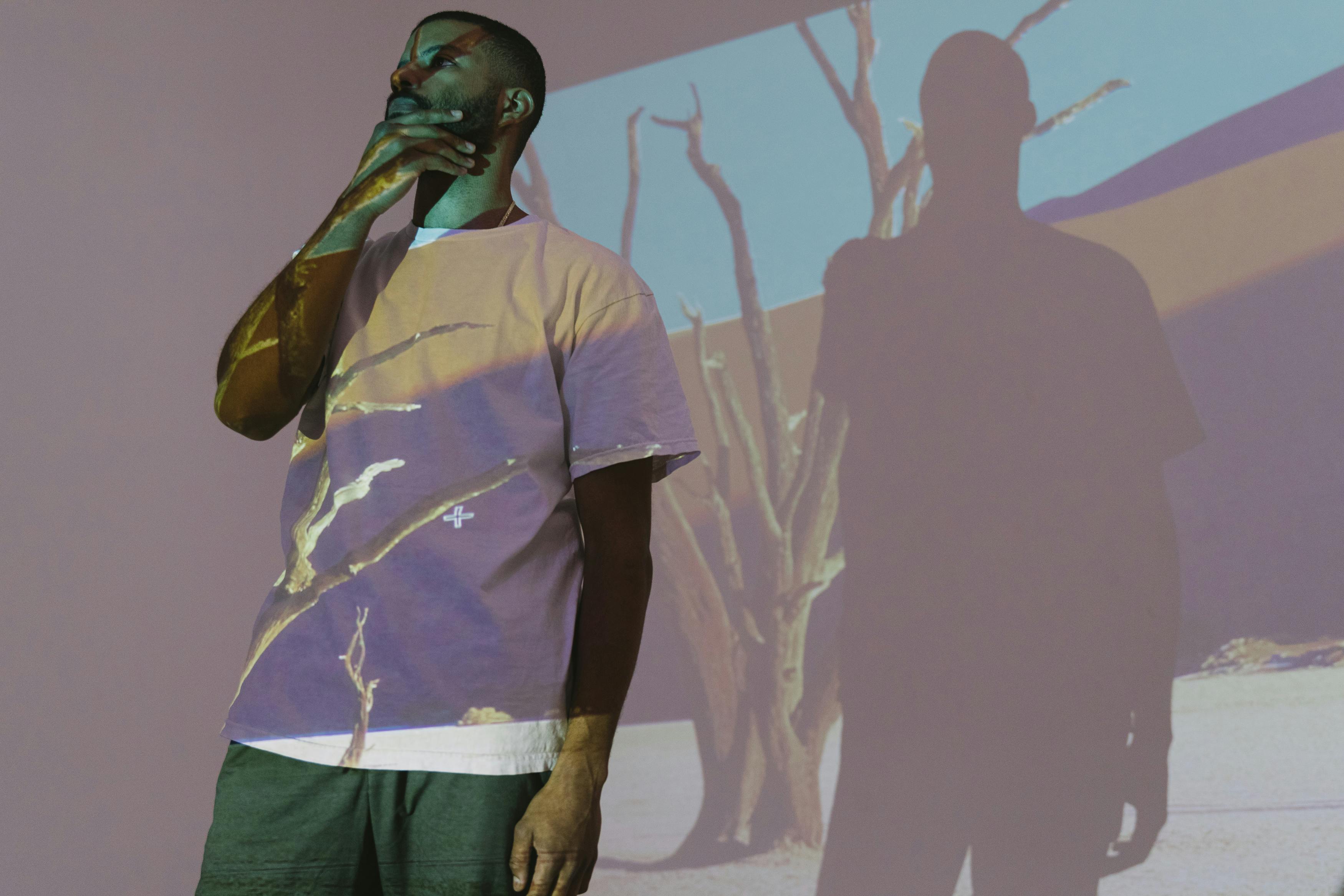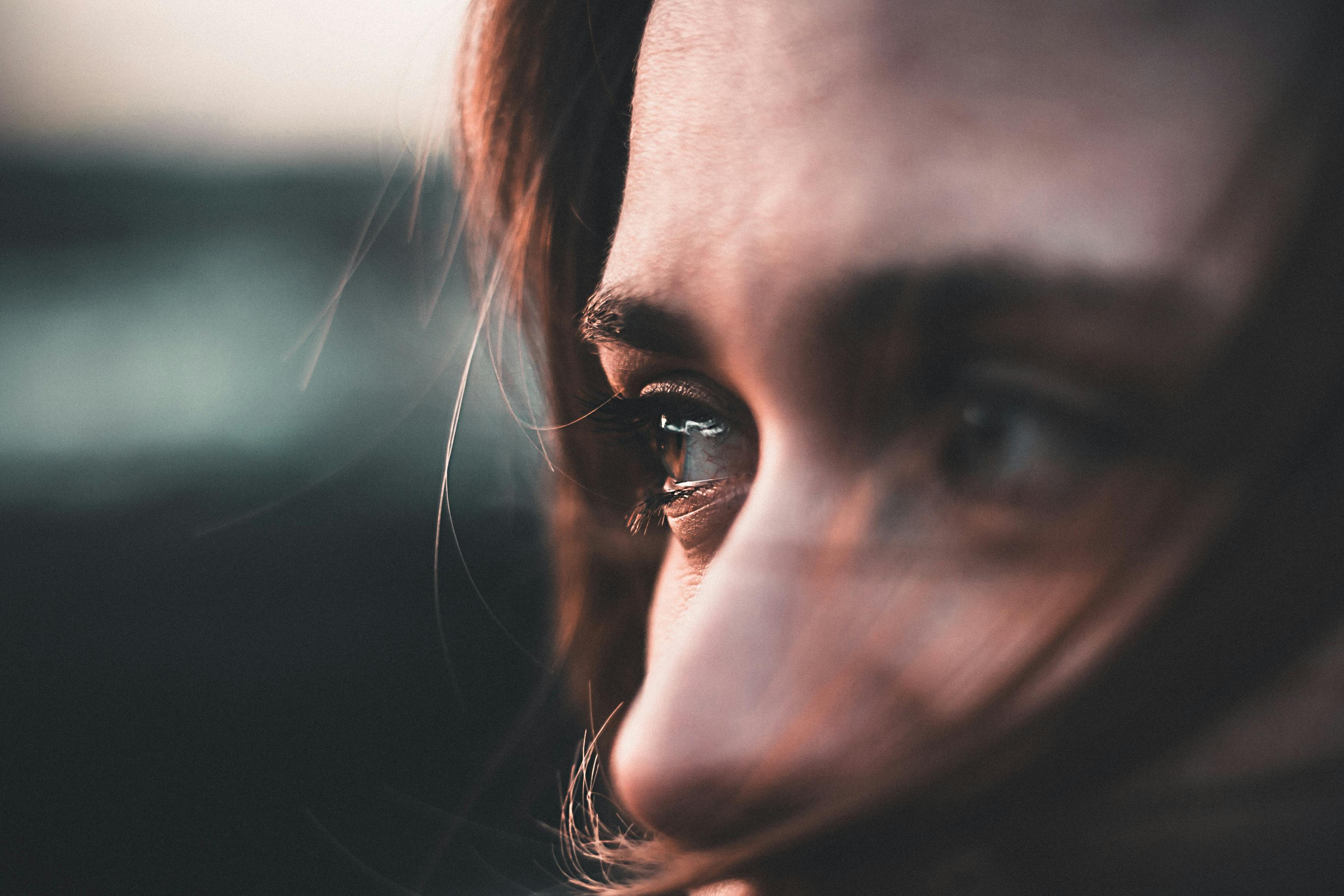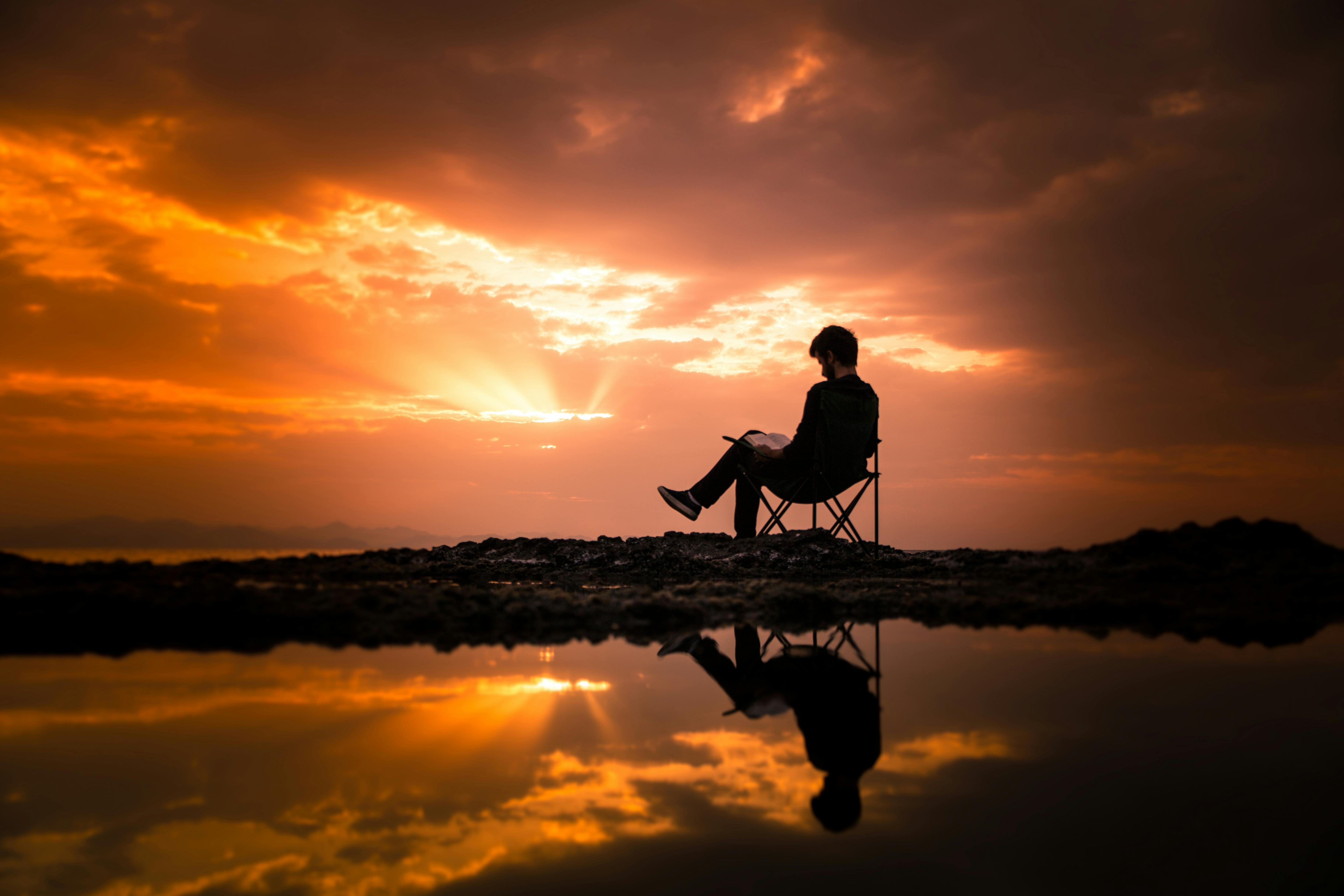What Is Imagery in Poetry and Why It Matters?
by WriteSeen
Imagery in poetry paints a vivid picture using language that connects with the senses—sight, sound, touch, taste, and smell. It brings abstract ideas to life and makes them emotionally resonant.
Here’s what you'll learn:
- Types of Imagery: How poets use visual, auditory, tactile, and other imagery.
- Crafting Techniques: Using metaphors, similes, and symbolism to enrich poetry.
- Emotional Impact: How sensory language evokes deep emotions and bonds readers to the text.
Explore these elements and see how imagery adds depth and meaning to poems, making them unforgettable.
Understanding Imagery: The Basics
Imagery is a keystone in poetry, bringing the words to life. It goes beyond mere description—imagery taps into your senses, making you see, hear, touch, taste, or smell what the poet wants you to experience. This isn't about passive reading; it's about an immersive sensory engagement that makes a poem resonate deeply. When poets use imagery effectively, they bridge gaps between thought and emotion, creating something that sticks with you.
- Visual Imagery: This is what paints a picture in your mind’s eye. It's where poets start, crafting scenes and settings that are vivid and alive.
- Auditory Imagery: These are the sounds you hear in your mind, bringing rhythm and mood to the forefront—like music emerging from the silence of ink.
- Tactile Imagery: Think texture—rugged, smooth, sharp. This isn't just about seeing; it's about feeling the world a poem builds.
- Olfactory and Gustatory Imagery: These are the lesser-used but powerful senses of smell and taste, striking chords with everything from nostalgia to discomfort.
Your poems can transform when you harness these forms of imagery. When readers experience poetry on a sensory level, not only do they understand—they feel and remember.

Types of Imagery: A Detailed Look
Delving deeper into imagery, let’s explore each type's unique role. Imagery turns good poetry into unforgettable experiences, drawing readers in by engaging their senses at multiple levels.
Visual Imagery
Visuals often dominate, lending layers of depth. They shape how scenes unfold in your mind.
- Example: In T.S. Eliot's works, the visual richness paints haunting yet vivid urban landscapes, setting the scene and mood.
Auditory Imagery
Auditory images form a poem's soundtrack—providing a distinct texture that resonates.
- Example: Edgar Allan Poe played with sound, creating tapping and rustling that adds an eerie layer to his poems.
Tactile Imagery
Tactile imagery offers texture and temperature, welcoming interaction beyond visuals.
- Example: Robert Frost’s winterscapes make the cold almost tangible, creating a sense of place and emotion.
Olfactory and Gustatory Imagery
These senses might be subtle, yet they pack a powerful punch. Smell and taste trigger emotions linked to memory and craving.
Examples:
- Pablo Neruda's "Ode to Tomatoes" bursts with aroma, bringing a distinct identity to the moment.
- Taste, as Ginsberg utilizes in "Howl," evokes visceral reactions either of delight or aversion.
By engaging these varied senses, a poem becomes more than ink on a page. It transforms into an experience—one that captures imaginations and hearts.
The Role of Imagery in Evoking Emotions
Imagery is a direct channel to the heart. By tapping into sensory experiences, poets forge strong emotional connections. Through vivid imagery, your poetry speaks on many emotional levels simultaneously.
When you read a poem, you're engaging much more than your intellect. You're stepping into an emotional journey crafted from meticulous details. Imagery is the hand that guides this journey, painting emotions through the senses.
- Nostalgia and Joy: Evoking past aromas or sounds can transport you to cherished memories.
- Sadness and Longing: A single image can embody loss or yearning, creating a deep emotional undercurrent.
- Empathy and Connection: Poets like Sylvia Plath or Ted Hughes use imagery to reflect on complex human emotions, making stories relatable.
Imagery links sensory and emotional experiences, offering a way to perceive the world that isn't about understanding but feeling. This is the essence of poetry—making the intangible tangible and the abstract intimate.

Crafting Imagery: Techniques and Tools
Creating imagery demands attention to detail and technique. With the right tools, your words transform into vivid, memorable images that captivate readers. Developing strong imagery will set your poetry apart, ensuring every line has weight and presence.
Techniques and Tools
- Metaphors and Similes: These expand imagery beyond the literal, offering comparisons that deepen reader understanding.
Example: Shakespeare’s use of "Juliet is the sun" transforms her presence into a source of light and warmth.
-
Personification: Bringing objects to life, it injects energy and action into scenes.
Example: Carl Sandburg’s description of "fog" coming "on little cat feet" gives it stealth and subtlety.
-
Symbolism: This layers meaning, using images to represent larger ideas.
Example: W.B. Yeats’ "gyre" symbol in his poetry introduces complex themes of change and history.
Your imagery gains power when these techniques blend seamlessly with your unique style. Every stylistic choice draws readers deeper into the worlds you craft. Embrace this toolbox to enhance the sensory impact of your poetry, ensuring lines linger long after reading.
Imagery in Famous Poems: Analysis and Examples
Want to see imagery at work? Famous poems showcase skillful imagery, taking readers on evocative sensory adventures. By analyzing how master poets use imagery, you’ll learn to harness its full potential in your own writing.
Robert Frost’s "Stopping by Woods on a Snowy Evening"
- Tranquil Visuals: Frost's imagery of snow-laden woods envelops you in peaceful solitude. This simple setting reflects on life’s journey and invites introspection.
- Emotional Depth: The blanket of snow symbolizes introspection, urging readers to pause and reflect amidst life’s chaos.
T.S. Eliot’s "The Love Song of J. Alfred Prufrock"
- Urban Soundscapes: Eliot creates vivid urban backdrops filled with imagery that speaks to modern alienation and inner conflict.
- Emotional Resonance: His imagery amplifies feelings of inadequacy and hesitation, mirroring every nuance of Prufrock's indecision.
Sylvia Plath’s "Daddy"
- Intense Visuals: Plath's imagery unpacks complex emotional layers, confronting readers with stark, powerful visuals.
- Personal Impact: The raw intensity of her imagery evokes strong emotions, making it both relatable and captivating.
Why These Work
Fusing imagery with emotion, these poems stick. Their sensory experiences aren’t just seen or heard—they’re felt. Such imagery accentuates themes, making even the abstract resonate deeply.

The Interaction of Imagery with Other Poetic Elements
Imagery doesn’t stand alone. It partners with rhythm, meter, and form to create poems that sing with meaning. Recognizing how these elements work in tandem can elevate your poetic craft.
Rhythm and Meter
The sound of a poem contributes to its emotional and sensory experience. Rhythm not only supports imagery but enhances it, creating harmony.
- Balance: Tennyson’s rhythmic lines balance complexity and simplicity, drawing readers seamlessly into the imagery.
- Narrative Flow: Sound complements visual pictures, shaping how they’re perceived and felt.
Form and Structure
Form dictates how imagery unfolds within a poem. From sonnets to free verse, the structure can guide a reader's journey through your imagery.
- Structured vs. Free Form: Traditional forms offer a concentrated intensity, while free verse allows expansive creativity—like Whitman’s work offering worlds within words.
- Imagery Layering: Imagery becomes more compelling when form highlights its rhythm, echoing its intent and emotional nuances.
This interaction is poetic synergy, each element strengthening the other. Imagery gains when sound and shape reinforce its impressions, teasing out deeper meanings and emotions.
Writing Prompts to Develop Concrete Imagery
Ready to unleash your creative imagery? Start with these writing prompts, aimed at enhancing your sensory language and crafting vivid poetry.
Prompts to Explore
- Sensory Transformations: Describe a transformation—like winter to spring—using taste and smell to stir emotions.
- Animate Nature: Bring natural elements to life. Let a storm tell its tale or a river whisper secrets, using personification to infuse energy.
- Urban Textures: Capture a cityscape using only touch and sound. Strip visuals to amplify the remaining senses, challenging the familiar.
- Singular Focus: Explore a single object’s story in rich detail. Use it as a symbol, layering its physicality with personal or cultural significance.
- Cross-Sensory Experimentation: Fuse unexpected sensory experiences—what color does a symphony look like? Stretch creative boundaries, engage your imagination.
Imagery is the artist in you—relentlessly painting with words. Keep experimenting, pushing your limits. Your distinctive voice will rise naturally from playful curiosity and these pointers.
Conclusion
Imagery in poetry isn’t just descriptive—it’s the lifeblood of emotional storytelling. By tapping into all five senses, poets invite readers to see, hear, taste, and feel their worlds. Whether it's the hush of snow in Frost’s woods or the electric buzz of Eliot’s cityscapes, sensory details deepen the connection between the writer and the reader.
When you explore visual, auditory, tactile, olfactory, and gustatory imagery, your poems transcend the page. They become experiences—immersive, unforgettable, and emotionally resonant. With the right techniques like metaphor, symbolism, and personification, your imagery becomes the engine of your poetic voice.
Looking to share your poetry with a creative community? Join WriteSeen—where poets, writers, and artists are seen, supported, and celebrated. Bring your imagery to life with peers who feel as deeply as you write.
TAGS